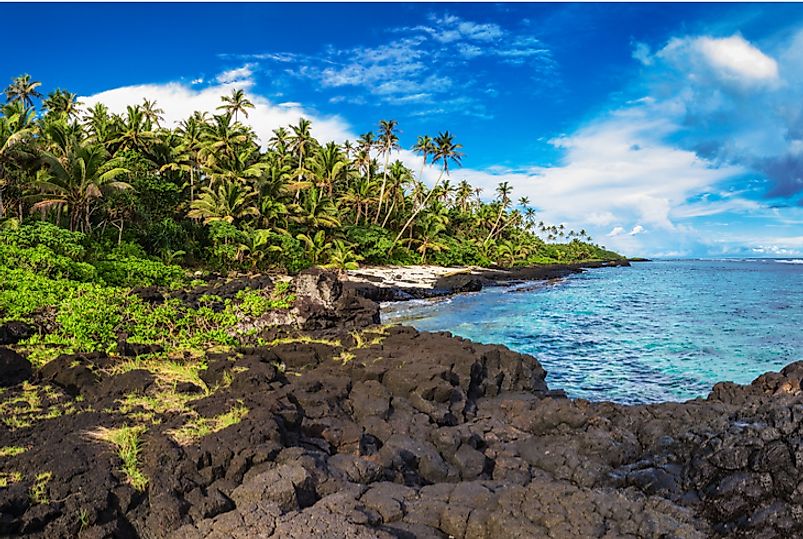What Languages Are Spoken In Samoa?

History Of The Samoan People
Samoans are a Polynesian group of people who speak the native language Samoan. The Samoan original traditions suggest that the Polynesian race originated from the Samoan Islands. As per this belief, the other Polynesian Islands present in the Pacific Ocean were filled up with a mass migration of the people from Samoa during the colonization of Samoa.
Modern studies have challenged this migration theory purporting that there were two upsurges of migration that populated the said islands. This study holds that the first wave of relocation was from Southeastern Asia while the second wave came from the indigenous Samoan people who were disrupted by the colonial powers.
Samoan Language
Samoan is the language spoken in the Samoan Islands which is made up of the Independent State of Samoa and the American Samoa. Samoan is the official language of these islands together with English.
Samoan is the oldest and most spoken language of the Polynesian family with a total of 510,000 speakers worldwide. Samoan is the third most recognized language in New Zealand with 2% of the population, about 86,000 people, able to speak the language.
Samoan is distinctive in its difference in phonology between formal and informal dialogues and also in a traditional form of speech that is used in Samoan oratory.
Classification Of The Samoan Language
The Samoan language falls under the Austronesian language family, which can be narrowed down to the Samoic division of the Polynesian subphylum. It has notable similarities with other Polynesian languages with which it shares related words and numbers. The terms of reference to the mythical gods are also similar.
The classification of the Samoan language in relation to other Polynesian languages is a matter of debate among linguists. The first classification which is considered traditional classifies the language based on common improvements in grammar and terminology. This classification groups Samoan with Tokelauan and the languages of Eastern Polynesia, such as Mahori, Tahitian, Hawaiian, and Rapanui. This line of thought suggests that Nuclear Polynesian and Tongic are the major divisions of the Polynesian group. The second classification derives its divisions on vocabulary only. This vocabulary is found in the Austronesian Vocabulary Database. It contradicts the initial classification suggesting that Samoan and Tongic form a subgroup.
Phonology
The Samoan language has a 14 letter alphabet. The letters H, K and R are used in loan words.
Geographic Distribution
The approximate number of Samoan speakers in the world is 470,000, of which 50% reside in the Samoan Islands. The next biggest number of speakers is found in New Zealand. The census conducted in New Zealand in 2006 recorded 95,428 speakers of the Samoan language. The Australian Census of 2006 indicates that there are 38,525 speakers of Samoan in the country and 39,992 people who can trace their ancestry to Samoa. The 2010 US census recorded more than 180,000 Samoans within US borders. This number is three times the population of American Samoa. This number is slightly smaller than the estimated population of the Island nation of Samoa which was 193,000 as of 2011.







